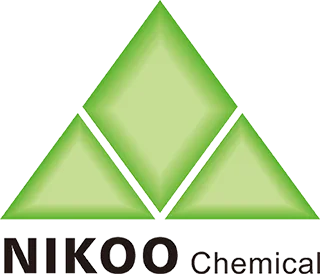Material Matters - Pros, Cons, and Technical Considerations
Building on the functional foundation, the choice of container material significantly impacts the candle's aesthetics, performance, safety nuances, and even scent perception. Understanding the characteristics of each material is key.
- Glass: The Standard Bearer
- Pros: Excellent heat resistance (when thick/tempered), allows viewing of wax level and flame, widely available, versatile in shape/colour (clear, frosted, tinted), inert (won't react with wax/scent), relatively affordable, often reusable.
- Cons: Can feel hot externally (handle with care), potential to break if dropped or thermally shocked (sudden temperature change), clear glass can show wax frosting (natural in soy) or soot residue. Thickness is critical for safety.
- Types: Clear (showcases wax), Frosted (diffuses light, hides imperfections), Coloured/Tinted (adds mood, can fade over time near flame), Embossed/Textured (adds visual interest).
- Ceramic: Artisanal & Insulating
- Pros: Excellent heat resistance and insulation (stays cooler externally than glass), wide range of artistic styles, textures, and glazes, very stable, feels premium, excellent at hiding wax imperfections/frosting.
- Cons: Can be heavier, more expensive, opaque (can't see wax level), quality varies (must be properly fired/vitrified for candle use – cheap pottery can crack). Glaze must be food-safe/non-porous. Risk of cracking if wax overheats or wick is oversized.
- Considerations: Ensure it's explicitly made for candles. Glaze integrity is crucial.
- Metal: Vintage Charm & Durability
- Pros: Very durable, excellent heat conductor (heats/cools quickly), often vintage or rustic aesthetic (tins), lightweight, unbreakable, opaque (hides wax).
- Cons: Can get very hot externally (serious burn risk, often requires handling with cloth), can dent, some metals can react with fragrance oils over time (look for tin, aluminum, or enamel-lined), opaque. Lower-end tins can have thin seams prone to leaking.
- Types: Tin (classic), Aluminum (lighter, smoother), Enamelware (colourful, chip-prone).
- Other Materials (Use with Caution):
- Concrete: Trendy, heavy, stable. Must be properly sealed internally to prevent wax seepage and externally to prevent dusting. Can crack under heat stress. Excellent insulator (cooler exterior).
- Wood: High risk! Requires a protective insert (like glass or metal) to hold wax. Never burn directly in untreated wood. Primarily decorative.
- Stoneware/Pottery: Similar risks to low-quality ceramic. Only use if explicitly candle-rated.
Why this matters: The material dictates not just looks but safety feel (heat transmission), durability, how it interacts with the wax, and its suitability for different environments (e.g., metal tins for travel). Balancing aesthetics with the technical performance and safety profile of the material is essential for an informed selection.

Phone: +86 20 36028881
Fax: +86 20 36550567
Email:rebecca@nikoochem.com
WhatsApp: +86 13822397763
Add: No 1718, Airport Rd., Yuncheng St., Baiyun Dist., Guangzhou City, Guangdong, China 510000
